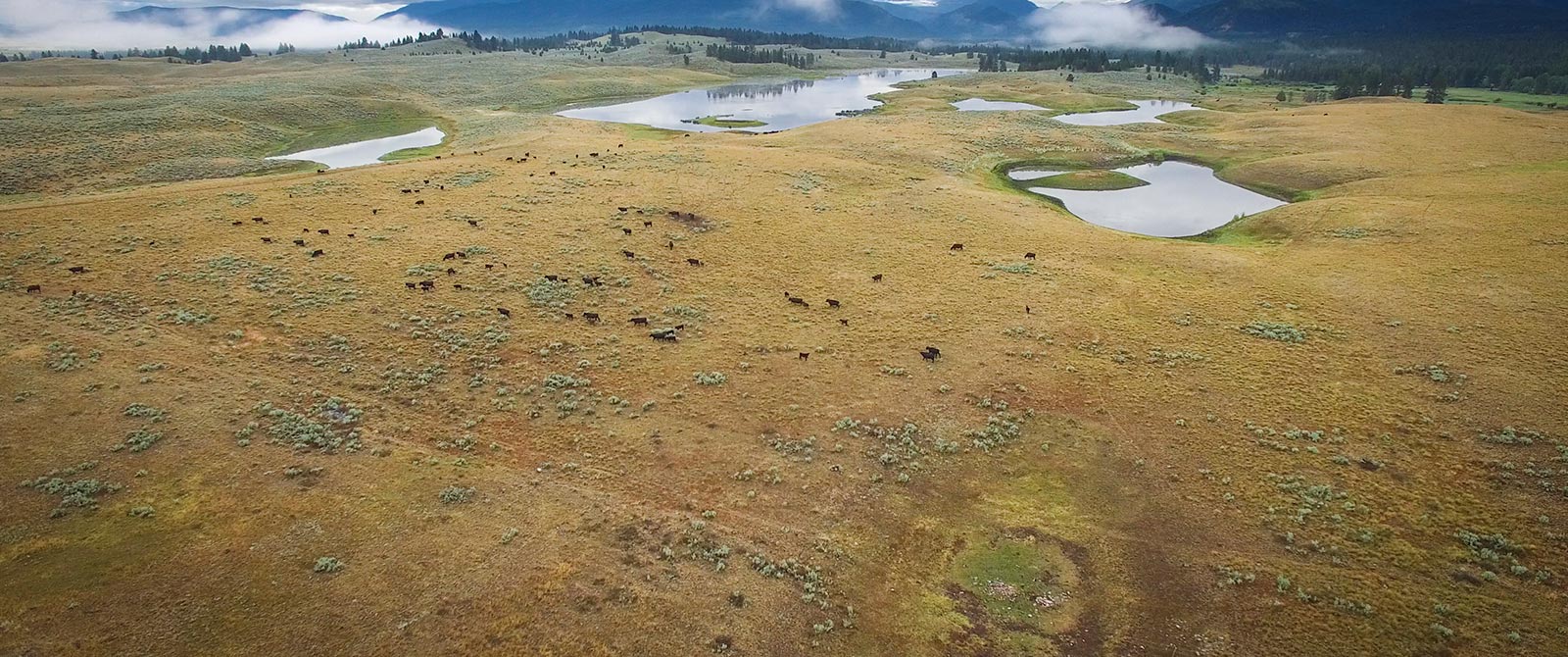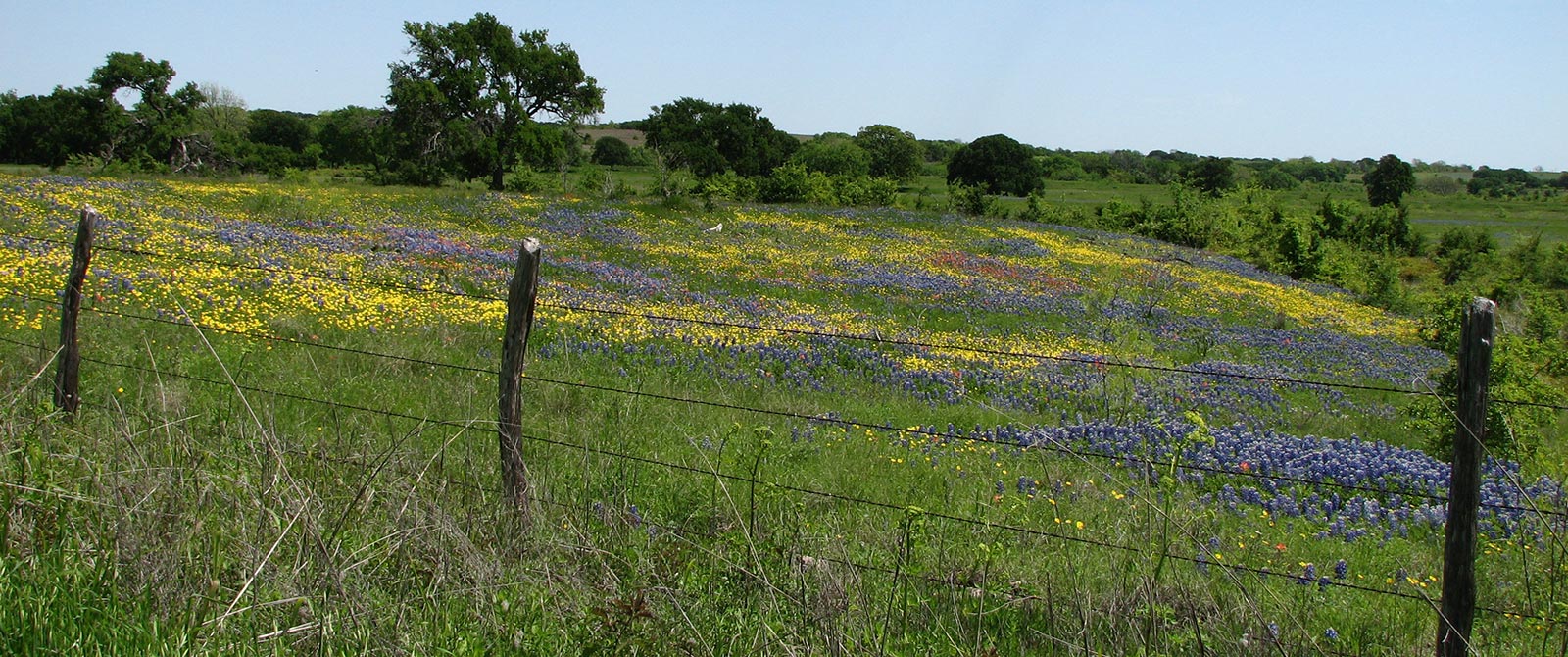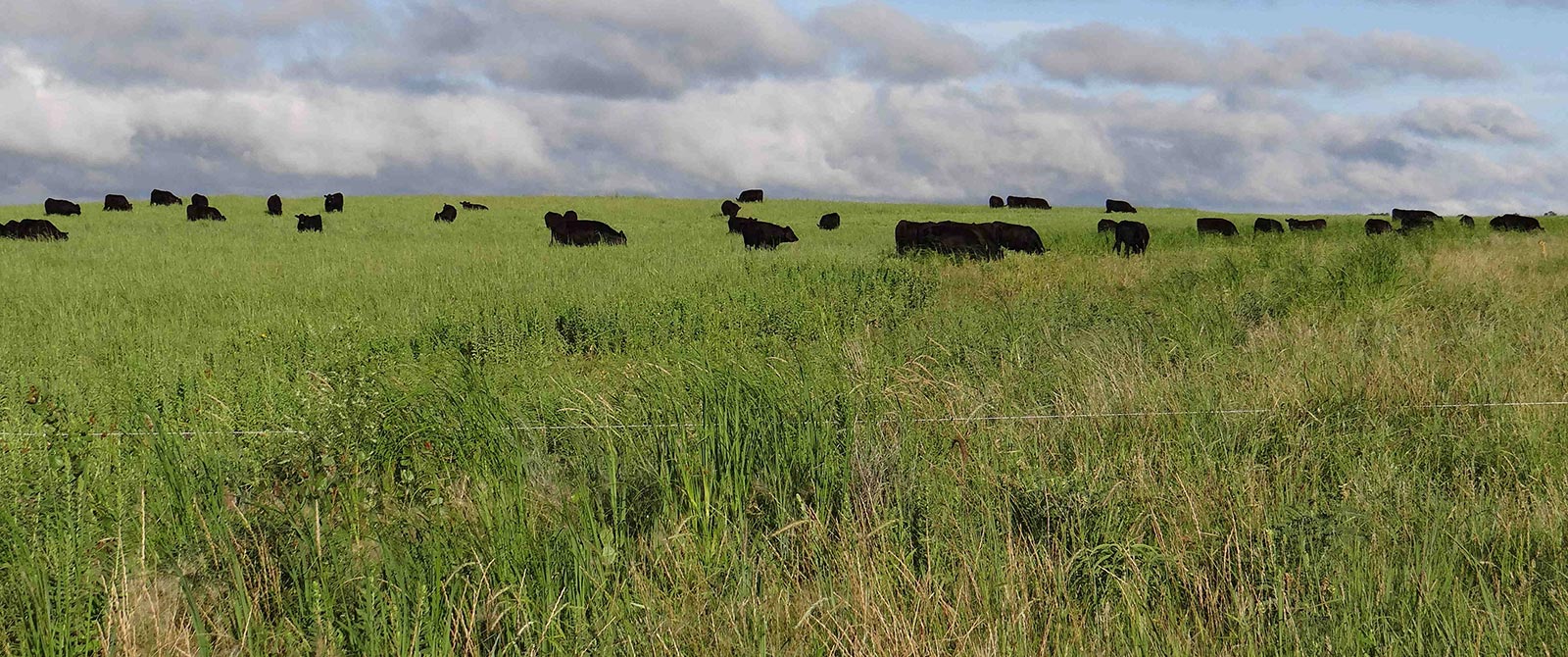Landscape Examples
Our national working landscapes are simultaneously diverse and similar. They range from the mountains to the seas (sometimes within the same landscape), east to west and north to south. They have different ecological and human communities. However, they all face similar challenges. Rural working landscapes are places where things exist or are produced that sustain both wildlife and human communities at multiple scales. The people who live and work in these landscapes have diverse interests but they all share similar goals: taking care of the landscape and conserving natural resources while simultaneously ensuring sustainable economies and viable rural communities. The people that live in these landscapes keenly understand how important functional landscapes are to their lives and heritage. Less well understood is the value that these landscapes provide to people that live in cities hundreds and sometimes thousands of miles away. Rural working landscapes are the source of the vast majority of our food, fiber, and water – the most basic human needs. Landscapes that rise to meet these challenges are not just taking care of their own, they are taking care of a growing population.
Collaborative efforts to address multiple challenges among diverse perspectives have emerged in a number of working landscapes. Many have similar origins in that they initial emerged to address something key people, often landowners, identified as major challenge or threat. These local leaders engaged diverse interests to develop a shared vision of success.. Finally, landowners and other key local people provided skilled leadership and engaged highly committed and effective partners in pursuit of the shared vision. Below are just a few examples of landscapes where local private landowners have been and continue to be key.













